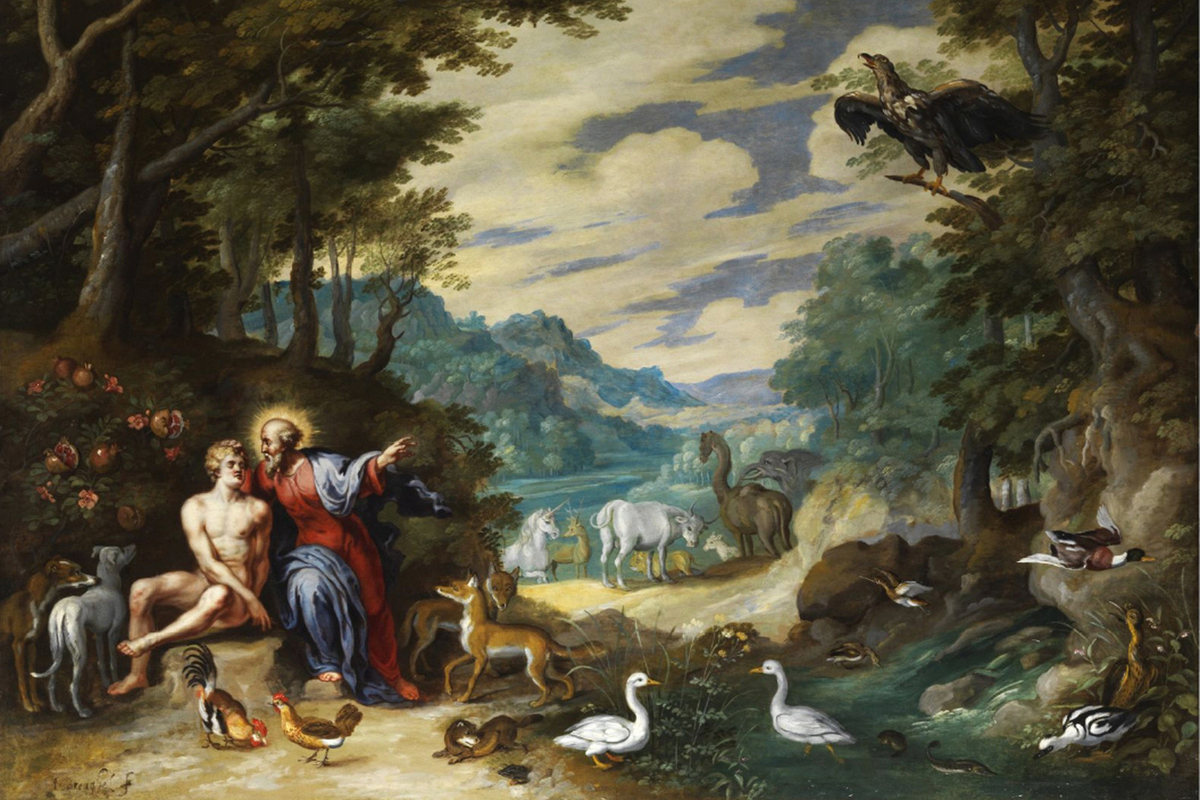Scientists continue to debate about the location of the Garden of Eden
[ad_1]

There are several versions of the location of the refuge of Adam and Eve
The search for the Garden of Eden, a mythical paradise mentioned in religious texts, leads archaeologists through a labyrinth of historical clues and finds. The Book of Genesis contains ambiguous details describing Eden as a place fed by rivers. Recent excavations in the Persian Gulf region provide interesting information.
Remains of ancient settlements dating back to the Ubaid period, approximately 7,500 years ago, indicate that civilization once flourished in the region. Advanced technology, trade networks spanning vast territories, and evidence of sophisticated shipbuilding indicate that the society was much more advanced than previously thought.
Sumerian legends are closely intertwined with the narrative of Eden, especially in the stories of the mythical land of Dilmun, associated with eternal life and abundance. This legendary paradise, believed to be located in and around parts of modern-day Bahrain, has striking parallels with the Eden described in biblical texts.
The location of the garden is described in Genesis 2:10-14: “And a river came out of Eden to water the garden; and from there it was divided into four parts.”
The key point is that the Garden of Eden was located at the confluence of four rivers. Today, geographers also know two of these rivers: the Tigris and Euphrates, which originate in Turkey, flow through Syria and Iraq and empty into the Persian Gulf.
However, it is unclear what the names Pichon and Gihon refer to. Over the centuries, some theologians have suggested that they may refer to the Ganges in India and the Nile in Egypt, although others have noted that it may refer to vast parts of the Earth.
The 16th-century theologian John Calvin, famous for his role in the Protestant Reformation, believed: “Many people think that Pichon and Gihon are the Ganges and the Nile; however, the error of these people is completely belied by the remoteness of these rivers. There is no shortage of people who even cross the Danube; as if indeed the dwelling of one man extended from the most remote part of Asia to the extremity of Europe.”
The Mesopotamian marshes, with their rich archaeological heritage dating back to the period of early urbanization, are a compelling candidate for the location of Eden. Despite centuries of environmental degradation and human intervention, efforts to restore these wetlands offer hope for the return of a lost paradise.
Across cultures and civilizations, the story of Eden is a symbol of humanity’s desire for an idyllic past. Although the exact location remains a matter of debate and speculation, the quest for Eden continues to captivate minds and inspire exploration of our shared history.
From a scientific point of view, we need to pay attention to Africa. The Cradle of Humankind can be found in the southern part of the continent, about 50 kilometers northwest of Johannesburg. The largest number of remains of human ancestors in the world is concentrated here. Among the thousands of fossils found here, researchers discovered the remains of Australopithecus, an early ape-like species of humans that is about 3.4 to 3.7 million years old.
Modern Homo sapiens appeared only 200–300 thousand years ago somewhere in the region of modern Ethiopia.
[ad_2]
Source link








